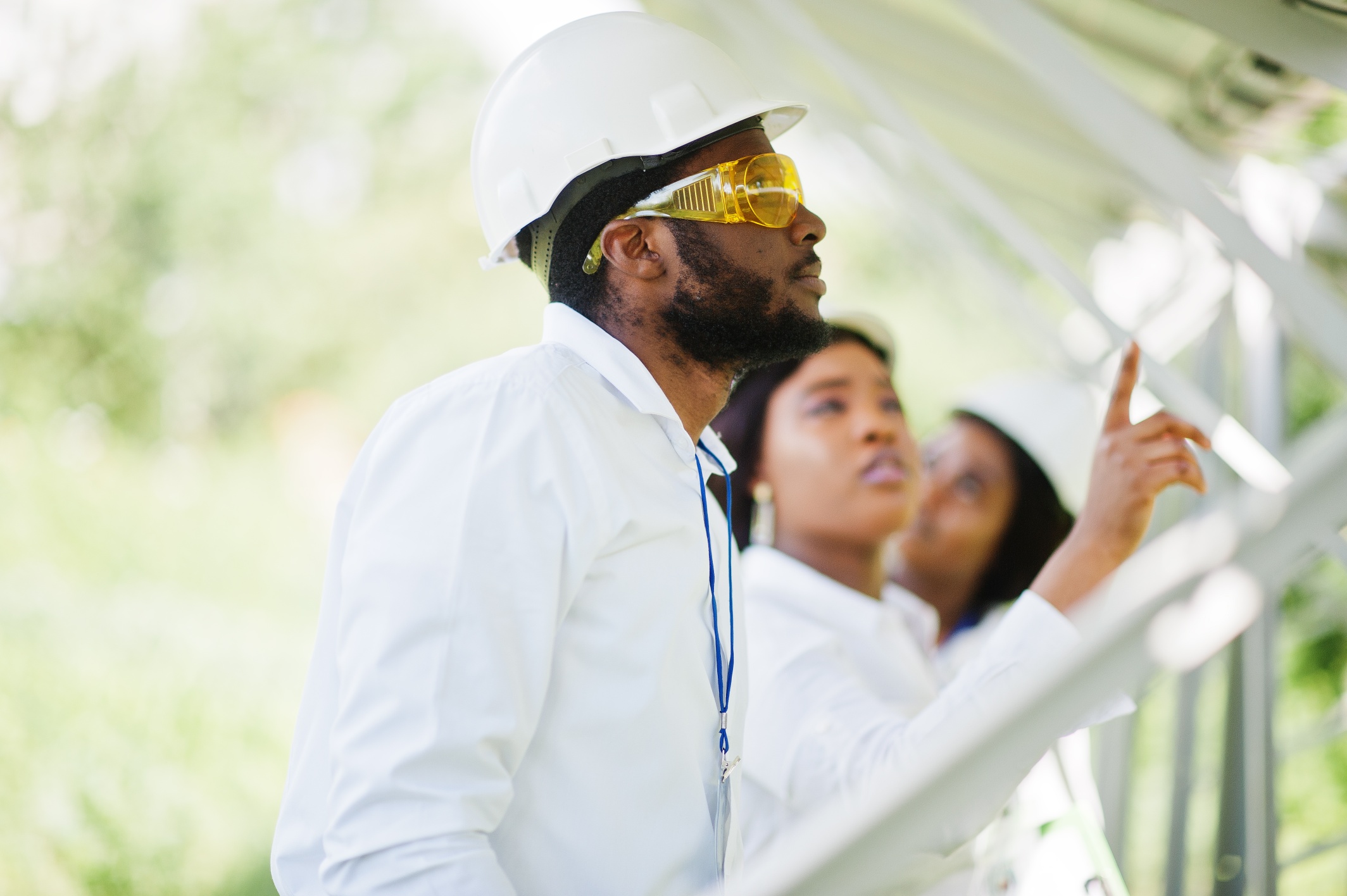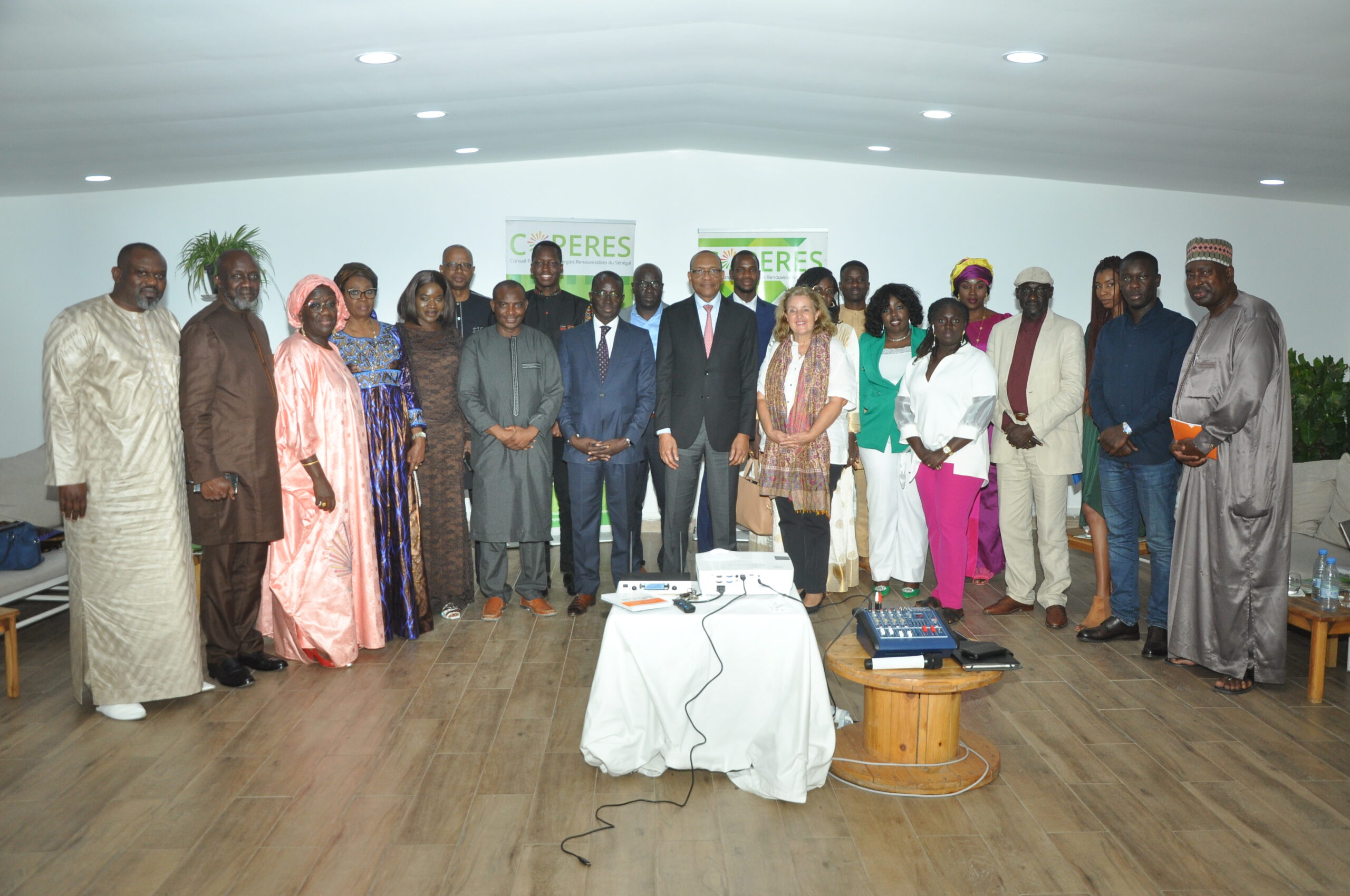President Macky Sall proceeded, Monday, February 24, 2020, to the official inauguration of the first phase of the Taïba Ndiaye wind power plant, a hundred kilometers north of Dakar. The work is in addition to the 8 solar power plants already in operation and places Senegal in a pool position in its transition to a clean energy mix.
With Taiba Ndiaye, which has 16 wind turbines with an individual capacity of up to 3.45 MW, more than 50 Megawatts (MW) are injected into the grid of Senegal’s national electricity company (Senelec). This, while waiting for the 30 other turbines that will be delivered next April and June.
This will represent a cumulative capacity of 158.7 MW.
The wind farm will increase Senegal’s electricity production capacity by 15%. This complex alone will represent more than half of the country’s renewable energy. The park will also avoid the emission of 300,000 tons of CO2 per year.
On the sidelines of the inauguration, Senegalese President Macky sall hinted that this project is a strong signal for phase 2 of the Emerging Senegal Plan (ESP), which is based on a clean energy mix.
Today, he stressed, “Senegal is one of the most environmentally friendly countries with 22% of renewable energy in its network”,
The Teranga country will be at a level of 30% after the end of the Taïba Ndiaye project, scheduled for the first half of 2020.
In 2022, projects the head of state, Senegal will produce electricity with gas, “gas-to-power”. The Senegalese president is enthusiastic about this, “which should allow our country to be one of the few to use clean energy at more than 90%,” said the Senegalese president, who is a geological engineer and geologist by training, who recalled that gas is a “clean energy” even if it is not renewable.
Macky sall held said he was determined to meet the commitments of Senegal under the Paris climate agreement. Referring to corporate social responsibility or CSR, the mayor of the locality of Taïba Ndiaye, Alé Lo, said that the project will have a positive impact on the entire local population.
The Taïba Ndiaye wind power plant, he said, has already enabled 300 young people, two-thirds of whom are from the locality, to work in its first phase of construction.
The Lekele company, which is in charge of building the power plant, plans to support the commune for the duration of the project, which is estimated at 20 years.
The company intends to contribute between 300 and 400 million FCFA per year to CSR. This will significantly improve the socio-economic activity of the region. Addressing the issue,
Chris Antonopoulos, managing director of Lekela, said that its structure is present in Senegal for the long term, and intends to accompany it towards its “energy revolution”.
The company, with a portfolio of more than 1300 MW in Egypt, Ghana, and South Africa, will strengthen its collaboration with Senegal, he said.
Data sheet of Senegal’s first wind farm (Taïba Ndiaye)
The wind farm consists of 46 wind turbines each capable of producing 3.46 megawatts of power, which are 180 meters high, the equivalent of a 60-storey building. These stands are of the yestas y 126 type and can generate 3.45 megawatts each.
These wind turbine stands received their technical certification in January 2017 and are among the latest versions of onshore wind turbines currently available, based on yestas’ proven technology. It is supported by a 117-meter tubular steel tower with a blade length of 62 meters, allowing a very large sweeping area of 12,469 m2 and allowing the wind turbines to maximize the amount of energy produced.
The plant represents a 15% increase in the country’s electricity production capacity, providing energy to more than 2 million people. The wind farm began transmitting energy to the national grid in December 2019.
Ibrahima Junior Dia
Source: Financial Afrik








